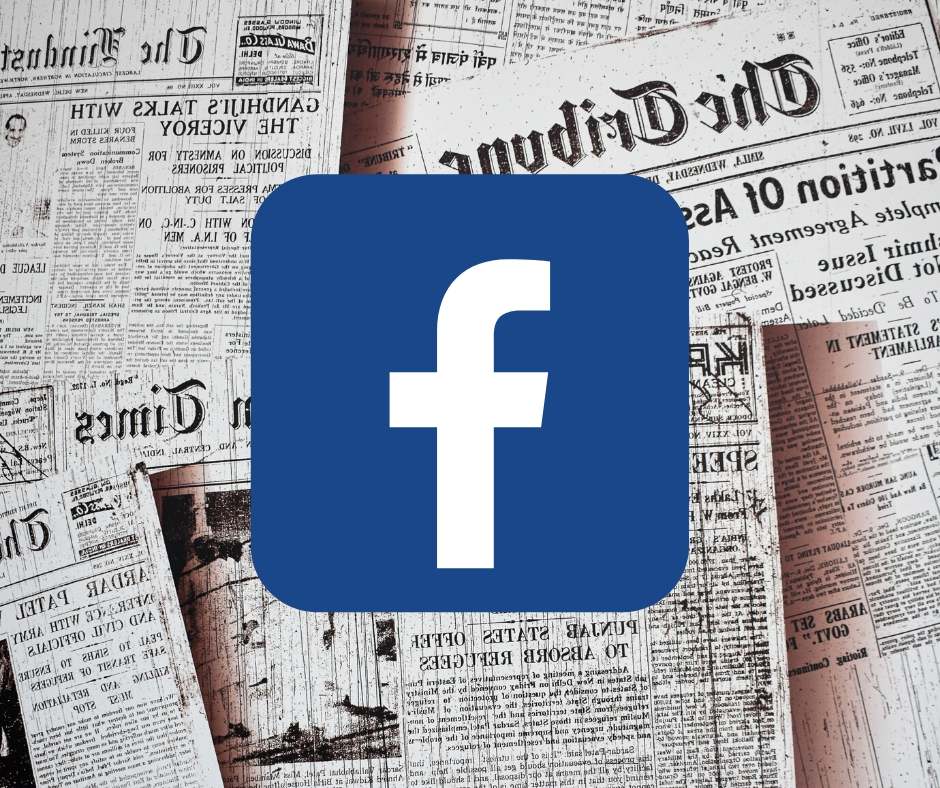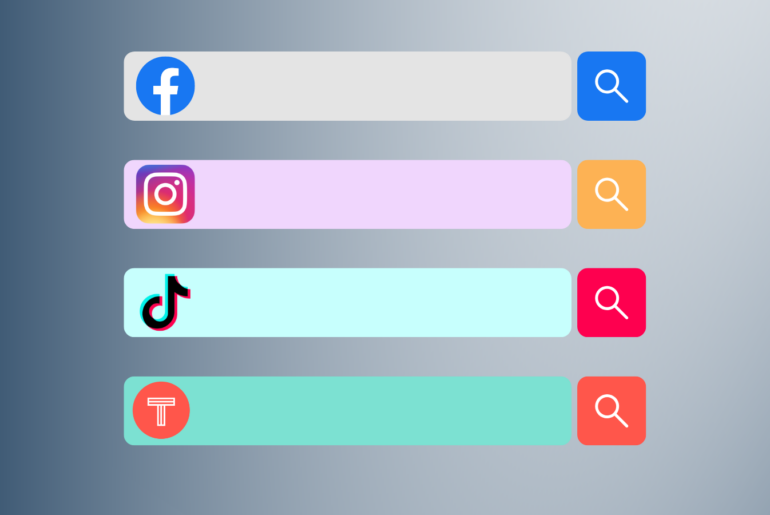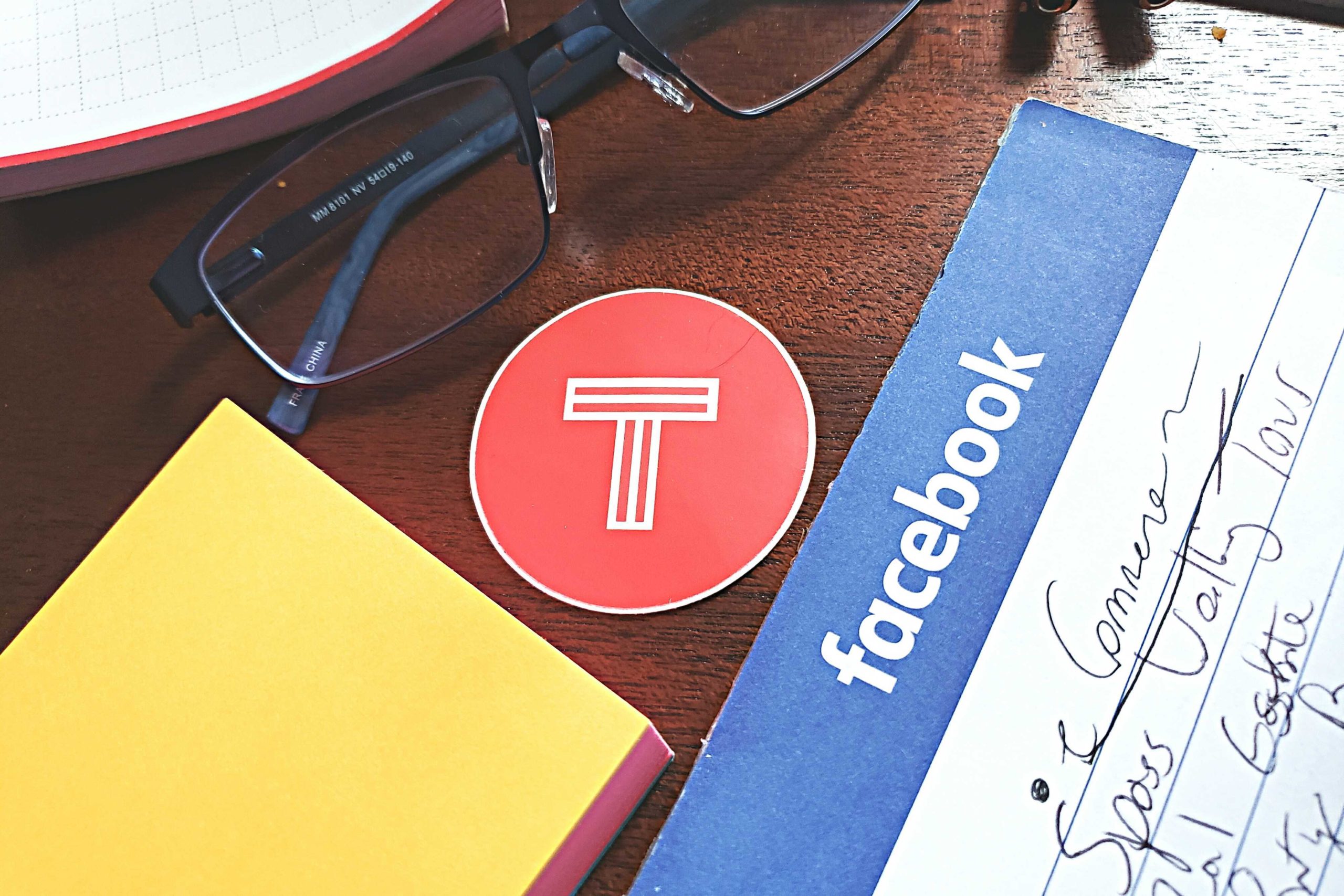
Facebook began a rolling launch of the new Facebook News product designed to provide people with information that is “deeply-reported and well-sourced.” The press release touts that a subset of users in the US have already begun seeing a new tab on their mobile devices with personalized news content.
This new section in the mobile app and (presumably) on the website is not meant to replace in-feed news articles. Facebook was quick to mention that news content will continue to be part of the platform’s standard experience. Instead, Facebook News will give users “more control over the stories they see, and the ability to explore a wider range of their news interests…”
The new product from Facebook was built with journalists in mind. Facebook explored the product with a variety of people in the realm of journalism, starting with a conversation with Mathias Dopfer, CEO of publisher Axel Spring, then continuing to journalists, news organizations, and over 100,000 users. Based on this feedback, they were able to identify five key features to ensure that Facebook News was a useful addition to the platform.
From Facebook’s Release
- Today’s Stories chosen by a team of journalists to catch you up on the news throughout the day
- Personalization based on the news you read, share and follow, so you can find new interests and topics and Facebook News is fresh and interesting every time you open it
- Topic sections to dive deeper into business, entertainment, health, science & tech, and sports
- Your Subscriptions, a section for people who have linked their paid news subscriptions to their Facebook account
- Controls to hide articles, topics and publishers you don’t want to see
This new release also reinforces Facebook’s focus on better qualifying information providers. In order to be considered for the News Tab, a publisher must meet specific criteria:
News Criteria
- Be Accepted into the News Page Index in compliance with the Index’s standards.
- Timely news reporting on current events without parody or satire.
- Citation standards for facts and information.
- Transparency about writing staff with full editorial bylines.
- Content is produced by staff and not user-generated or aggregated.
- Comply with the three principles of the News Feed Guidelines.
- Principle 1: People on Facebook Value Content That’s Meaningful and Informative
- Principle 2: People on Facebook Value Accurate, Authentic Content
- Principle 3: People on Facebook Value Standards for Safe, Respectable Behavior
- Must service a “sufficiently large audience” established by threshold benchmarks depending on the category of the news organization.
What does this mean for marketers and communicators?
1. This is an opportunity to meld your earned media and social strategy.
In larger organizations, there are often clear silos defining who owns social media and who works to create earned media. These are often separate departments from the people who run social media marketing. This is now an opportunity to bridge those three conversations. Comms can get a story picked up and distributed. Social and Social Marketing can signal boost. All three processes are supported by the same platform.
Need a primer on Earned Media? Hubspot has a great one.
2. News will niche in or broaden out.
When consumers have a stronger guiding voice in news, publishers must act to ensure that their publications remain relevant. We should see this happen in two different ways. Some news organizations will niche-in with either their flagship or spin-off properties. These publications will focus on extremely specific demographics and psychographics. It will be the new renaissance of the local “rag” publication.
Conversely, some organizations will broaden to avoid any of the baggage associated with niching-in. This could provide additional access and reach for publications already operating under these standards like non-profit and independent news publishers.
When Facebook launches products, other social platforms often follow suit. Even if they don’t, Facebook is a big enough player to drive major publishers to act. Communicators will need to consider these editorial shifts when deciding who gets a pitch.
3. Instant Articles will be even more important, changing the nature of news advertising.
Look at your city’s local newspaper’s website or a business news site. It is almost certain that it will be filled with banner ads, intersitial or presitial ads, in-text ads, and a variety of other programmatic placements. If publishers are trying to have their content picked up by Facebook News, then they will need to ensure that their content can be served by Facebook. This will change the way that paywalls and on-site advertising is used. Facebook News seems to be reserved for articles that are shared in their entirety and will not be used for a snipped that bounces a user to a paysite. Revenue will change. Advertising will change. We don’t know how yet, but keep an eye on your existing programmatic or banner placements. There will be a shift.



